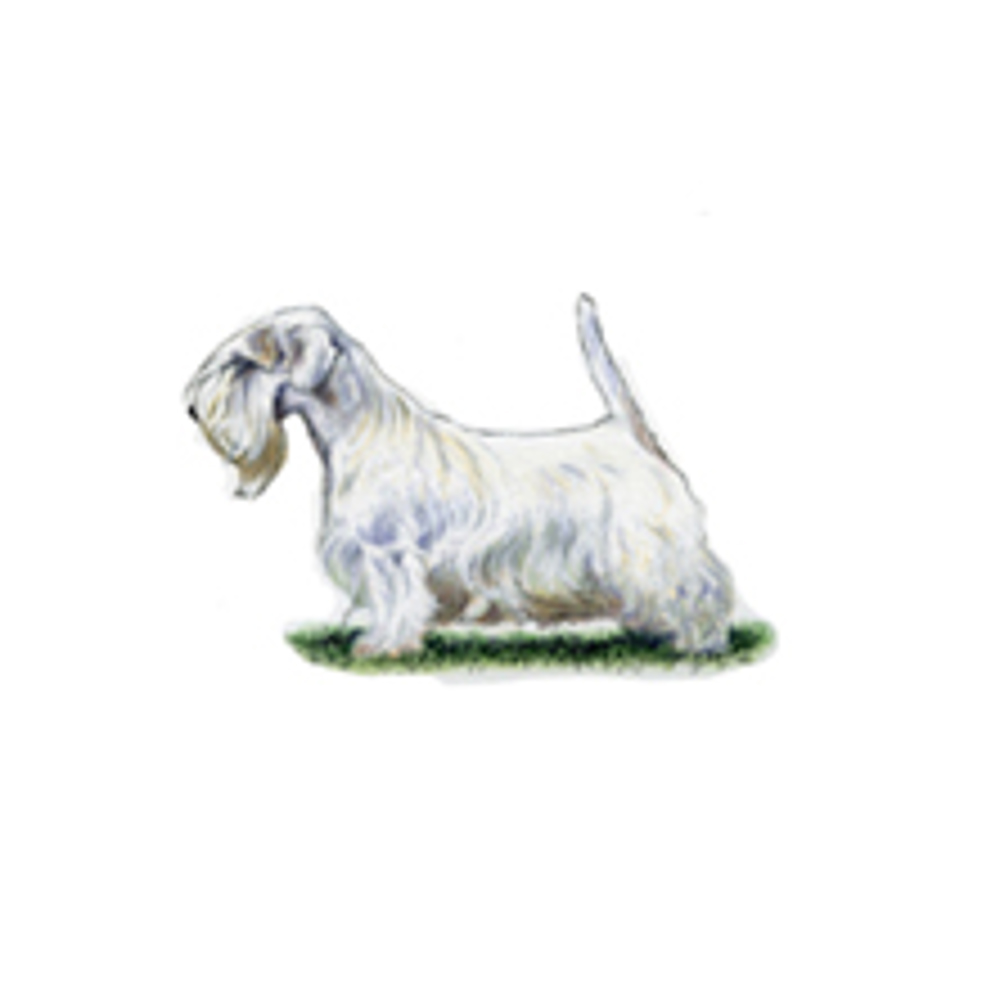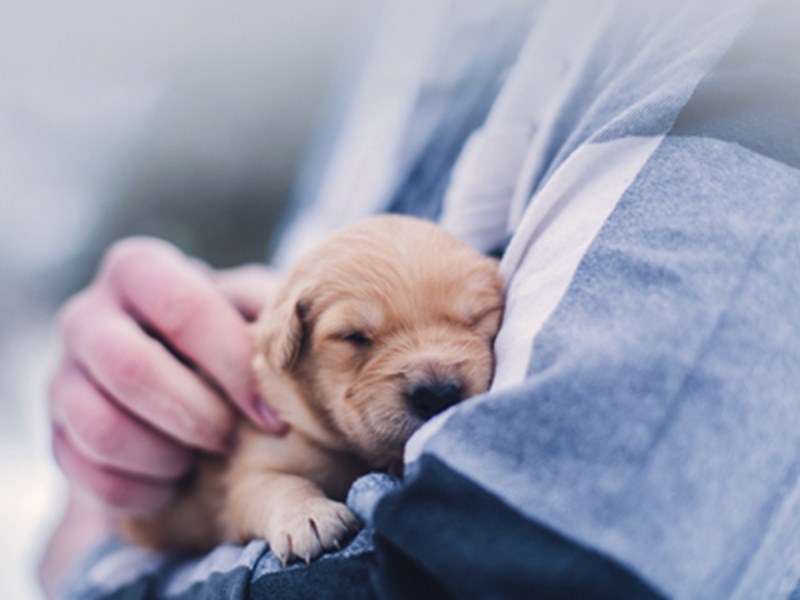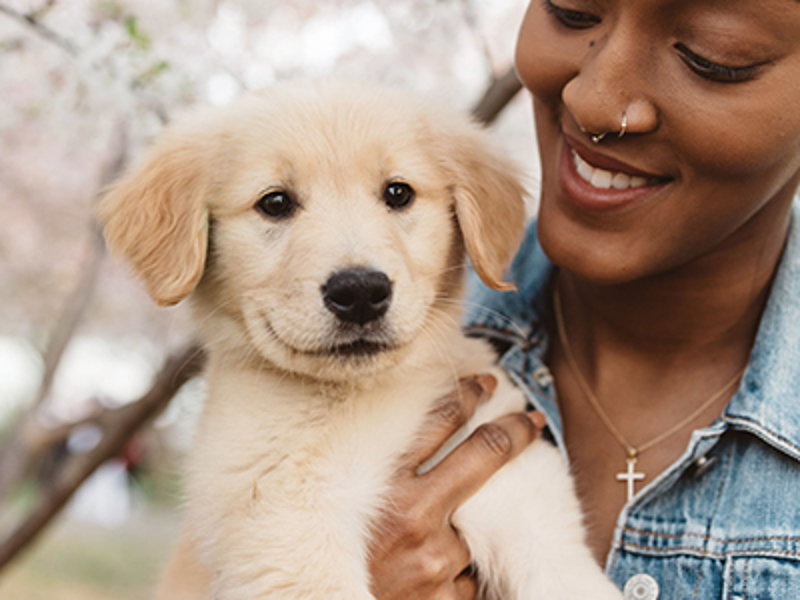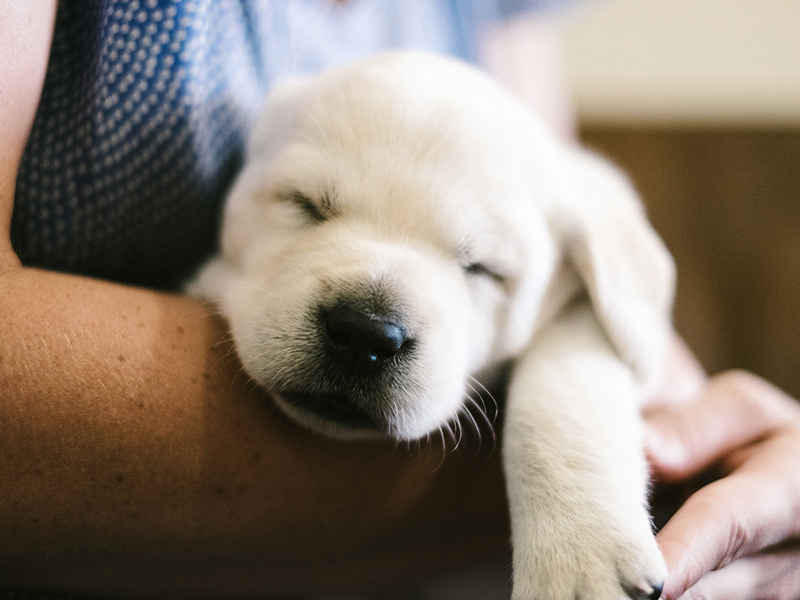
Sealyham Terrier
Breed characteristics
- Size
- Small
- Exercise
- Up to 1 hour per day
- Size of home
- Small house
- Grooming
- Every day
- Coat length
- Long
- Sheds
- No
- Lifespan
- Over 10 years
- Vulnerable native breed
- Yes
- Town or country
- Either
- Size of garden
- Small/ medium garden
About this breed
This Welsh breed takes its name from the village where it originated, in Pembrokeshire on the river Seal. The village squire Captain John Owen Edwardes who developed the breed lived in Sealyham Manor. Captain Edwardes developed a strain of short legged white terrier using predominately white terriers of Jack Russell type with an infusion of dogs of similar type like the West Highland White and Dandie Dinmont and Bull terriers. Edwardes' aim was to develop a breed to work alongside his Otterhounds and go to earth after otter, and also work on badger, fox and polecats. He was ruthless in his selection of stock: dogs which showed a reluctance to stand their ground or to kill were shot.
The first breed club was established in 1908 and the breed was recognised by The Kennel Club in 1911. The Sealyham became very popular as show dogs and companions in the 1930's and 40's but has dwindled in population in recent years, perhaps because of the requirement for the maintenance and trimming of the coat.
The parent club celebrated its centenary with a championship show located, very appropriately in the grounds of Sealyham Manor where visitors were treated to a demonstration of Sealyhams working in the river Seal with Otterhounds – a marvellous spectacle and a piece of history re-enacted.
Images for this breed
The Terrier breed group
Dogs originally bred and used for hunting vermin. 'Terrier' comes from the Latin word Terra, meaning earth. This hardy collection of dogs were selectively bred to be extremely brave and tough, and to pursue fox, badger, rat and otter (to name but a few) above and below ground. Dogs of terrier type have been known here since ancient times, and as early as the Middle Ages, these game breeds were portrayed by writers and painters.
Colour Watch
Category 0: Breeds with no NBS colour registration options.
Read more about Colour Watch.
Breed Standard colours
Breed standard colour means that the colour is accepted within the breed standard and is a traditional and well-known colour in this breed.
Breed standard colours in this breed include:
- White
- White & Badger Markings
- White & Blue Markings
- White & Tan Markings
- White With Black Markings
Other colour/s
'Other' means you consider your puppy to be a colour not currently known within the breed and one that does not appear on either the breed standard or non-breed standard list. In this instance you would be directed through our registrations process to contact a breed club and/or council to support you on identifying and correctly listing the new colour.
Non-breed-standard colours
Non-breed-standard colour means that the colour is not accepted within the breed standard and whilst some dogs within the breed may be this colour it is advised to only select a dog that fits within the breed standards for all points.
Colour is only one consideration when picking a breed or individual dog, health and temperament should always be a priority over colour.
Health
Whether you’re thinking of buying a puppy, or breeding from your dog, it’s essential that you know what health issues may be found in your breed. To tackle these issues we advise that breeders use DNA tests, screening schemes and inbreeding coefficient calculators to help breed the healthiest dogs possible.
More about health
Priority health schemes and tests
The Kennel Club's Assured Breeders must use the following (or equivalent) schemes, tests and advice. All other breeders are strongly advised to also use these.
- DNA test – PLL - part of The Kennel Club DNA Testing Services* (see below). Find a list of tested dogs
- Eye screening scheme (BVA/KC/ISDS)
Important health schemes and tests
We strongly recommend that all breeders, both assured breeders (ABs) and non ABs, use the following schemes, tests and advice.
*The Kennel Club DNA Testing Services - simple to use and easy to organise all-in-one DNA tests
The DNA tests listed above marked with an asterisk (*) are included in our DNA Testing Services. This includes:
- PLL (Primary lens luxation)
Kennel Club Assured breeders and Kennel Club Accredited Instructors receive a 10% discount.
Find out more about The Kennel Club DNA Testing Services.
Find out about a particular dog's results
Please visit our Health Test Results Finder to discover the DNA or screening scheme test results for any dog on The Kennel Club's Breed Register.
You can also view the inbreeding coefficient calculation for a puppy's parents, or for a dog you're thinking of breeding from.
Have any questions about health in your breed?
If you have any concerns about a particular health condition in your breed then you may wish to speak to your vet or you could contact your breed health co-ordinator.
Breed health co-ordinators are individuals working on behalf of breed clubs and councils who are advocates for the health and welfare of their chosen breed. They acts as a spokesperson on matters of health and will collaborate with The Kennel Club on any health concerns the breed may have.
To contact your breed health co-ordinator please email:
Breed watch
Category 1
Currently no points of concern specific to this breed have been identified for special attention by judges, other than those covered routinely by The Kennel Club's breed standard.
Breeding restrictions
There are a number of The Kennel Club rules and regulations that may prevent a litter from being registered, find out about our general and breed specific breeding restrictions below.
More about breeding
There are not currently any additional breed specific restrictions in place for this breed.
Looking for a puppy?
Looking for a Sealyham Terrier? Explore our list of puppies and rescue dogs for sale near you.
More information

Need to find out more about a breed?
Use our Find a Club service where you can locate breed clubs that can offer support and advice.

Use our Find a Puppy service
The Kennel Club's Find a Puppy service provides contact details for breeders who have puppies available. Let's help you find your new best friend.

Get the best lifetime pet insurance
At Kennel Club Pet Insurance, we want you to focus on getting the best possible treatment for your dog without worrying about the cost.
